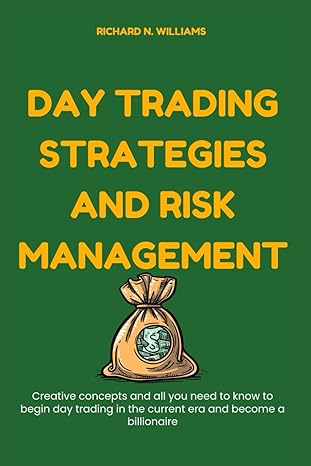Question
1. An investor purchases an annual coupon bond with a 6% coupon rate and exactly 20 years remaining until maturity at a price equal to
1. An investor purchases an annual coupon bond with a 6% coupon rate and exactly 20 years remaining until maturity at a price equal to par value. The investors investment horizon is eight years. The approximate modified duration of the bond is 11.470 years. What is the duration gap at the time of purchase? (Hint: use approximate Macaulay duration to calculate the duration gap)
2.
An investor plans to retire in 10 years. As part of the retirement portfolio, the investor buys a newly issued, 12-year, 8% annual coupon payment bond. The bond is purchased at par value, so its yield-to-maturity is 8.00% stated as an effective annual rate.
a. Calculate the approximate Macaulay duration for the bond, using a 1 bp (0.01%) increase and decrease in the yield-to-maturity and calculating the new prices per 100 of par value to six decimal places.
b. Calculate the duration gap at the time of purchase. (Hint: An investor plans to retire in 10 years. So, this investors investment horizon is 10 years.)
c. Does this bond at purchase entail the risk of higher or lower interest rates?
d. A bond is currently trading for 98.722 per 100 of par value. If the bonds yield-to-maturity (YTM) rises by 10 basis points, the bonds full price is expected to fall to 98.669. If the bonds YTM decreases by 10 basis points, the bonds full price is expected to increase to 98.782. What is the bonds approximate convexity?
Step by Step Solution
There are 3 Steps involved in it
Step: 1

Get Instant Access to Expert-Tailored Solutions
See step-by-step solutions with expert insights and AI powered tools for academic success
Step: 2

Step: 3

Ace Your Homework with AI
Get the answers you need in no time with our AI-driven, step-by-step assistance
Get Started


